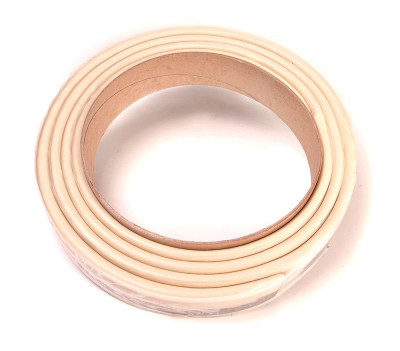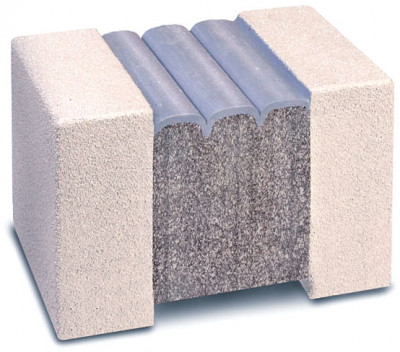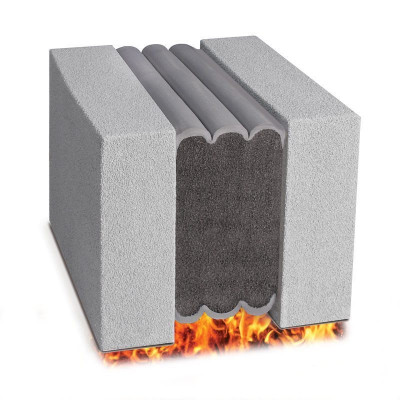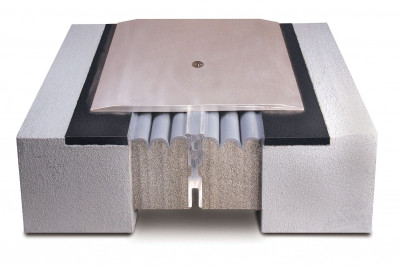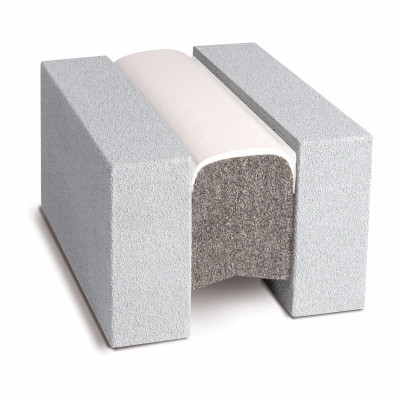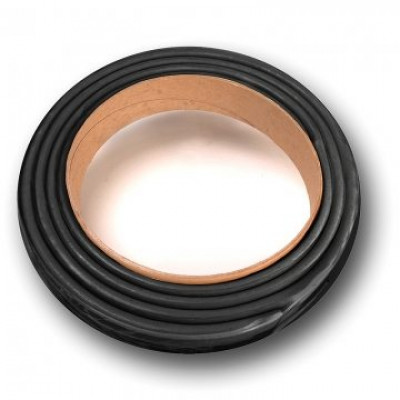Bridge Expansion Joint System (BEJS)
Bridge Expansion Joint System, BEJS is a traffic-durable bridge and roadway expansion joint which provides a primary watertight seal. It is designed to handle harsh environmental conditions and features greater movement capability, better low temperature flexibility and higher temperature stability than other technologies. Non-invasive anchoring provides for quick turnaround and repairs. The BEJS System helps prevent and/or decrease maintenance costs to bridge bearing pads and support structures. Primarily designed for D.O.T./Infrastructure markets, it is ideal for new construction and retrofit of old or failed bridge expansion joint systems in: Concrete-to-concrete substrates / Rebuilt joint faces / Where demolition and removal of existing embedded metal angles is not feasible or affordable / As a lasting replacement for all failed liquid-sealant joints in parapets, sidewalks, jersey-barriers.
How it works
The system is comprised of a pre-compressed, silicone-and-foam hybrid installed into field-applied epoxy adhesive on the joint faces, with the silicone bellows locked to the joint faces with a silicone sealant band. The BEJS SYSTEM features a hydrophobic acrylic impregnation infused into the cellular foam base material resulting in low-temperature flexibility not available in asphalt, wax, or isobutylene-based products.
Movement
+50% and -50% (Total 100%) of nominal material size.
Features and Benefits
- Watertight—the tensionless silicone bellows is installed just below the deck surface. This ensures water tightness is achieved at the deck surface.
- Unlike liquid-applied sealants, compression seals, and inflated seals, the BEJS System does not rely on adhesion in tension. Instead the material is pre-compressed in the factory ensuring that the spring energy of compression is always pushing back on the substrate.
- BEJS is not like other foam-based (EVA) expansion joints. BEJS is supplied pre-compressed to less than the joint size. It is held in compression by its packaging. When released it expands. BEJS, properly sized, is never in tension in the joint. This is the key to its performance.
- BEJS is coated at a width that exceeds the maximum expected joint opening. Expansion is faster when hot and slower when cold. Older technologies don’t perform to the standards of BEJS. Liquid sealants and asphaltic plugs fail in extension due to tensile stresses at the bond line or within the system. Closed-cell foams (EVA-types), rubber compression seals, and inflated seals all fail from tensile stresses at their bond lines after compression set takes place.
- Non-Invasive Anchoring—there are no hard metal-to-concrete connections as those found in systems with embedded pins, anchors, screws, bolts or tracks, trays or rails. Instead, BEJS is locked to the joint faces by means of the 1) backpressure of the foam; 2) the epoxy adhesive; and 3) the injected silicone sealant band at the joint face to foam and silicone bellows interface.
- Continuity of Seal—as in all EMSEAL expansion joint systems, continuity of seal through changes in plane and direction is an essential performance differentiator. Details for watertight, field-fabricated transitions from deck to wall, at curbs, sidewalks, parapets, tees, and crosses are available with the BEJS System.
- Aesthetics & Versatility—Both sticks and reels are supplied with a standard bellows surface colour of black (grey and other custom colours are also available). They feature uniform bellows appearance, fuel resistance, and an enhanced ability to handle variations in joint size are among other system features.
- Installation—Fast, easy, and can be staged to preserve partial traffic flow. Under average conditions and temperatures, BEJS provides a driveable surface within an hour of installation.
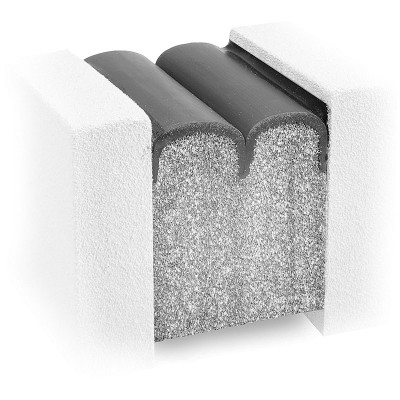

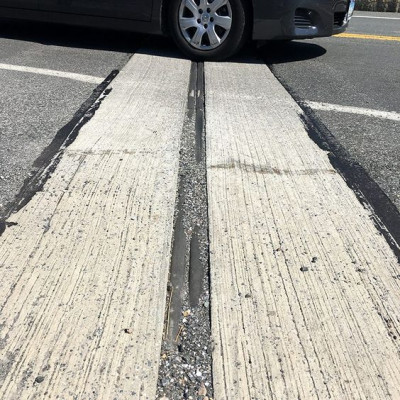
- Replaces old or failed bridge expansion joint systems
- Ideal for concrete-to-concrete substrates
- For nosing material-repaired substrates
- Metal reinforced edges where demolition and removal of existing embedded metal angles is not feasible or affordable.
- As a replacement for failed strip-seal inserts
- As replacement for failed bolt-down joint systems
- Ideal for phased night time maintenance
- To seal the joint under asphaltic-plug joints
Sizes:
12mm – 35mm — Supplied on a reel
40mm – 100mm — Straight run stick

